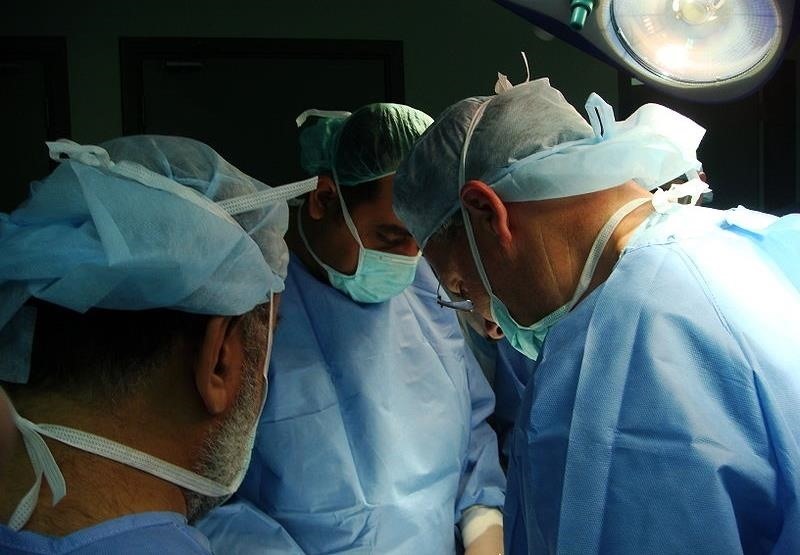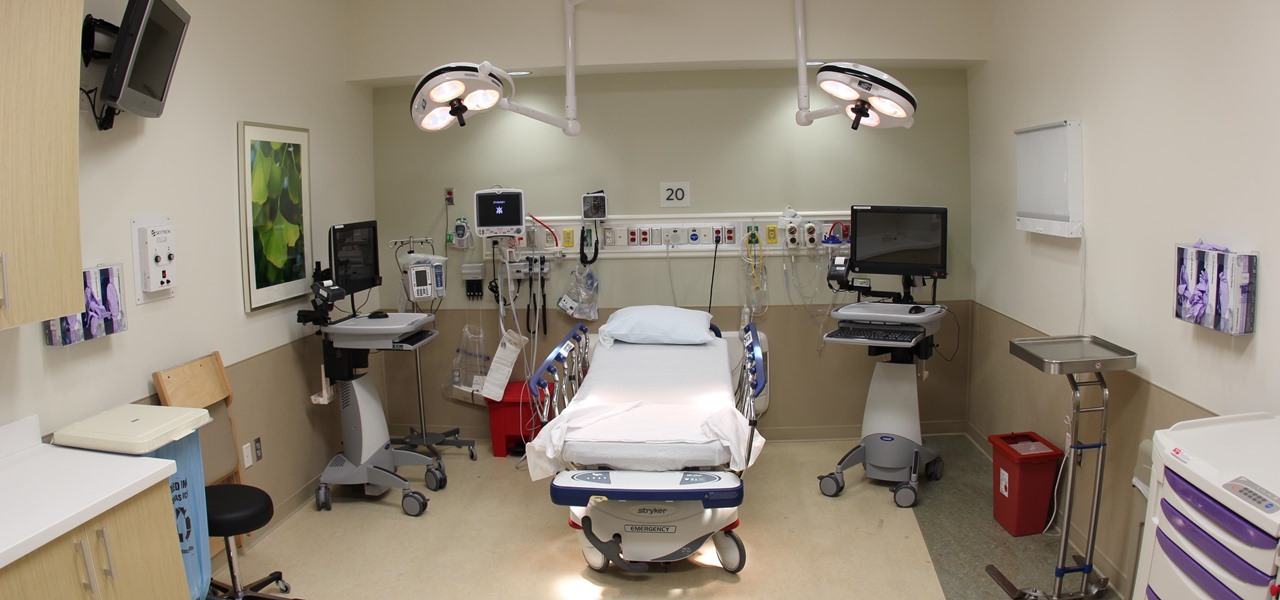The office of your physician, or your local hospital, is where you go when you need medical care. But it could also be where you could pick up a life-threatening infection.
Most people understand that the use of antibiotics has led to the development of "superbugs," germs that just don't respond like they used to when treated with antibiotics. Although community spread of resistant pathogens is becoming more common, most serious resistant infections are acquired in healthcare settings.
Infections contracted during a hospital stay, or a medical procedure, are called healthcare-associated infections (HAIs). The statistics concerning HAIs are troubling; On any day, one of every 25 hospitalized patients has acquired at least one infection simply by being in the hospital. According to the Centers for Disease Control and Prevention, approximately 1.7 million healthcare-associated infections occur each year, and almost 100,000 people die from infections contracted while being treated for other medical issues.

While these are outrageous numbers, it makes sense that deadly germs are going to reside in facilities that treat seriously ill people. Hospitals are crossroads for pathogens to meet and mingle and create even more powerful infections through the horizontal transfer of genetic material among germs. Despite disinfection protocols, from floors to bedrails, potentially infectious pathogens call hospitals "home."
All this makes a very good argument for staying clear of hospitals, but when you need medical care, hospitals have the specialists and the service that could save your life. The first step to protecting yourself, and loved ones, is knowing what you are up against.
Common Infections Associated with a Hospital Stay
When hospitalized, your immune system is already being challenged by surgery or illness. Types of infections commonly acquired during a hospital stay include:
- bloodstream infections
- urinary tract infections
- gastrointestinal illness
- pneumonia
- surgical site infections
- diarrhea caused by Clostridium difficile infections
Caused by a number of germs, these are serious infections that are frequently associated with hospital equipment, like catheters, that offer dangerous microbes an opportunity to gain a foothold in the body. Three devices commonly associated with HAIs are:
- Catheters: Urinary tract infections (UTIs) are the most common type of HAI. In the hospital, approximately 75% of UTIs result from the use of an indwelling catheter, which is a tube threaded into the bladder to allow urine to drain. Up to 25% of hospitalized patients receive a catheter during their stay. Bacteria on the tube can cause a UTI, increasing the stress and treatment of an already ill patient.
- Central lines: When hospitalized, you may receive a central line, which is like a port for receipt of medications and the drawing of blood samples, that is located near a large vein. Unlike intravenous medication, a central line may remain installed for months, dramatically increasing the likelihood that viral or bacterial material could cause a serious infection. When pathogens do enter through a central line, the result is a bloodstream infection which can be very serious, or fatal.
- Ventilators: Patients receiving oxygen through a ventilator are at risk for infection from microbes in the tube or on the equipment. Pneumonia is a serious, and sometimes fatal, lung infection facilitated by the use of a ventilator.

As healthcare organizations and hospitals work to decrease their infection rates through surveillance, disinfection, and safety protocols, there are also ways for hospital patients, their families, and visitors to help lower the risk of HAI.
Steps You Can Take to Reduce Your Risk of Serious Infection in a Hospital
The best way to keep you and loved ones safe is to assume a heads-up attitude about germs. Microbes are all around us everyday, but the ones in the hospital are substantially more dangerous. So you can do yourself, and others, a service by knowing what to do if you are in a hospital. Consider steps that include:
- Be an advocate: If you are in the hospital, try to bring an informed friend or family member who is able to watch out for your best interests. This means someone who is willing to ask healthcare providers if they have washed their hands before any procedure, whether equipment like stethoscopes are clean, and even whether the needle they are about to use has been used before. If hands were not washed prior to gloving, the gloves won't do much good. Advocates are also able to listen carefully when doctors speak with you, and help you clarify what was actually said. The risk of mistaken exposure to dangerous pathogens is high enough that a friendly question about cleanliness is fine in a healthcare setting.
- Procedures: Ask carefully about the necessity of any procedure, how and when it will be performed, and who is the surgeon. Ask for infection rates and about surgical experience. Generally, surgeons who are successfully operating on a frequent basis without infections are safer than surgeons who only rarely perform a procedure. Remember you are a consumer, and your health could be at risk.
- Clean it up: A hospital looks clean, but despite best efforts by staff, it isn't. Bring disinfecting wipes and wipe down all the commonly touched items in your room, repeatedly. Antibacterial wipes won't do the job, bring disinfecting wipes with bleach. If you have none, ask the hospital for the wipes so that you can clean the room of your loved one to reduce their chance of exposure. Wash your hands before touching your loved one, and ask visitors to do the same. Germs like to hitch a ride, so be sure to launder your clothes after a hospital visit in bleach-based detergent and use the dryer.
- Devices: Ask routinely when indwelling devices like a catheter can be removed. Ensure the catheter tube drains into a bag below the level of the patient's stomach to avoid backflow of urine and bacteria. For a ventilator, ask for breathing checks without the machine, and position the patient upright, if possible. Maintain good dental care when a ventilator is in use.
There are informative resources to help reduce the chances that you, or someone you love, will become an HAI statistic. We all need medical care at some point. When you need to support a family member in the hospital, do your best to see that they are not discharged in worse shape than they went in.
Just updated your iPhone? You'll find new emoji, enhanced security, podcast transcripts, Apple Cash virtual numbers, and other useful features. There are even new additions hidden within Safari. Find out what's new and changed on your iPhone with the iOS 17.4 update.

























Be the First to Comment
Share Your Thoughts